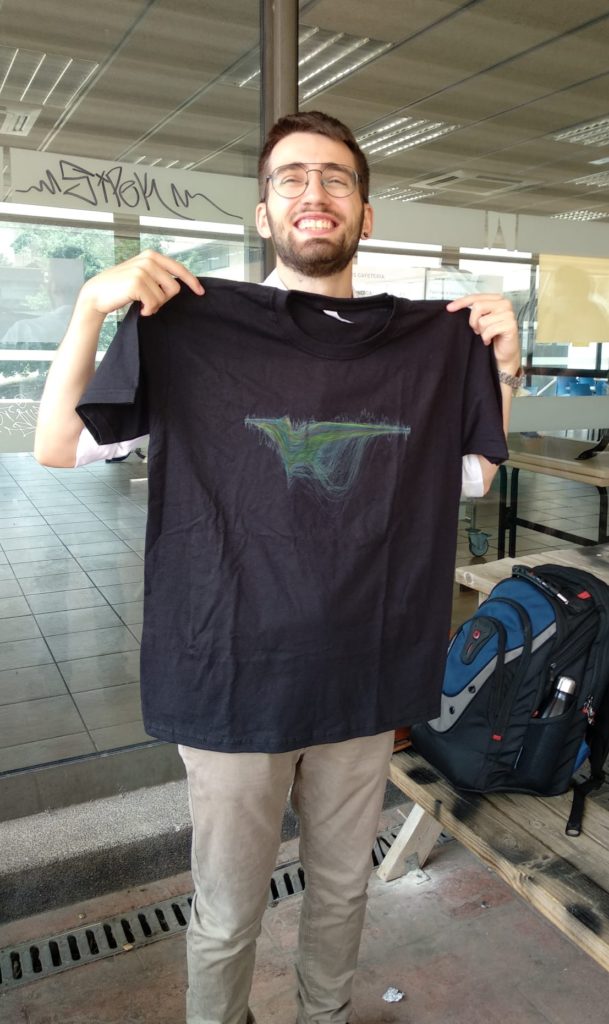Doctor Eduard Masvidal, defended his PhD thesis titled Graphene microtransistors: a wide-bandwidth technology for recording brain field potentials» on Monday, 12 July 2021 in a mixed in person/online session at the ICN2 seminar room.
 The PhD thesis was supervised by Dr. Anton Guimerà, form the GAB group at IMB-CNM and Prof. Jose A. Garrido from the AEMD group at ICN2. The PhD Committee that evaluated the Thesis was formed by Prof. George Malliaras, University of Cambridge, UK (President), Prof. Antoni Ivorra, Universitat Pompeu Fabra, (Secretary), and Prof. Anton Sirota, Ludwig-Maximilians-Universität München, Germany (Vocal). Eduard Masvidal’s PhD thesis was part of the PhD Programme in Electronics and Telecommunication Engineering from the Universitat Autònoma de Barcelona (UAB).
The PhD thesis was supervised by Dr. Anton Guimerà, form the GAB group at IMB-CNM and Prof. Jose A. Garrido from the AEMD group at ICN2. The PhD Committee that evaluated the Thesis was formed by Prof. George Malliaras, University of Cambridge, UK (President), Prof. Antoni Ivorra, Universitat Pompeu Fabra, (Secretary), and Prof. Anton Sirota, Ludwig-Maximilians-Universität München, Germany (Vocal). Eduard Masvidal’s PhD thesis was part of the PhD Programme in Electronics and Telecommunication Engineering from the Universitat Autònoma de Barcelona (UAB).
Here there is the abstract of Edu’s work:
High density recordings of neural activity are vital in research focused to uncover the underlying processes of complex brain functions and pathophysiology; have applications in medical diagnosis, prognosis and treatment monitoring and are the base of assistive neuroprosthesis. However, current recording technologies are unable to meet all the requirements of a reliable, high fidelity neural interface. Particularly, a current limitation of microelectrode grids is that due to both material-related electrochemical unstabilities and/or high impedance, the recording of infraslow activity (ISA, ≈ < 0.1 Hz), contributing to both physiology and to pathologies such as brain injury or epilepsy, is hampered.
In this PhD dissertation, flexible neural interfaces based on graphene solution-gated field-effect transistors (gSGFETs) are developed and their feasibility for in vivo brain field potential recording is evaluated and benchmarked against state-of-the-art recording technologies. Results obtained demonstrate that gSGFET technology overcomes the limitations of current passive microelectrode grids for mapping ISA activity. Combination of gSGFETs with cutting edge neurotechnologies such as optogenetics and brain imaging is also demonstrated. Overall, the gSGFET technology developed is mature and ready to be adopted by research laboratories, holding special potential for basic and preclinical ISA-related research.
20/07/2021